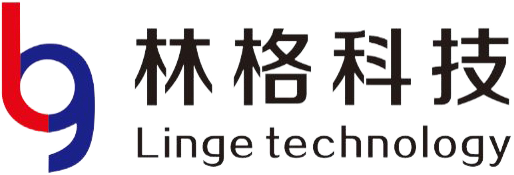What is the data acquisition and information system of industrial automation production line?
What is the data acquisition and information system of industrial automation production line? Data acquisition and informatization of industrial production line has been the traditional pain point of all manufacturers. Due to the various brands of automatic terminal equipment, different product manufacturers, different data interfaces and support protocols in different purchase years, and limited local support from foreign manufacturers, the cost is very high. As long as there is other manual participation, these data are incomplete, real-time data cannot be obtained, data lag, enterprise production costs are high, output and efficiency will be significantly reduced, and intelligent manufacturing industry will be out of the question.
What is the data acquisition and information system of industrial automation production line?
Data acquisition and informatization of industrial production line has been the traditional pain point of all manufacturers. Due to the various brands of automatic terminal equipment, different product manufacturers, different data interfaces and support protocols in different purchase years, and limited local support from foreign manufacturers, the cost is very high. As long as there is other manual participation, these data are incomplete, real-time data cannot be obtained, data lag, enterprise production costs are high, output and efficiency will be significantly reduced, and intelligent manufacturing industry will be out of the question. Therefore, no matter to what extent intelligent manufacturing develops, industrial data acquisition is a practical and high-frequency demand in production, and is also the premise of Industry 4.0.
The automatic production line data acquisition and information system is mainly used to collect various data of the production site. It is much more efficient than manual acquisition and has high accuracy. Data acquisition (DAQ) refers to the automatic acquisition of non-electric quantity or electric quantity signals from the analog and digital units under test (such as sensors and other equipment to be tested) and sending them to the upper computer for analysis and processing. Data collection of industrial production equipment is the use of ubiquitous sensor technology to collect and gather various industrial production equipment in real time and efficiently. Access to different devices, systems and products through various communication means, collect large-scale and in-depth industrial production equipment data, as well as protocol conversion and edge processing of heterogeneous data, and build the data base of industrial Internet platform.
The equipment data acquisition system of industrial automation system mainly monitors the production data of various equipment on the production line through web system, production line workstation system, opc server, industrial intelligence and other configurations, and collects effective data and stores it in the database. This is used to set and manage the production line, workflow, process parameters, equipment type, equipment parameters, opc service and communication protocol of the entire production system.
If you need to add equipment, you only need to add the corresponding equipment type and configure the relevant collection parameters in the central management system to effectively save costs; In the production process, the performance of data collection is greatly improved by caching interactive data rather than directly interacting with the database; The big data center feeds back the abnormal conditions of production equipment in real time to ensure the integrity of production data. People can quickly query real-time production data and relevant historical data through a variety of query tools. It provides an effective data base for managers to make important decisions. You can compare data horizontally and analyze historical data. Analyze the operation rate, cumulative failure time and overall utilization rate of workshop equipment through systematic statistics. The system can provide histogram, pie chart, report and other analysis tools to display the statistical analysis data of field equipment operation. It automatically counts the output data of the daily limit, and can conduct comprehensive queries according to different teams and time periods.
At the same time, relevant data can also be recorded for equipment fault management, such as different equipment and its number, fault type, time period and other conditions, for historical query and filtering. In this way, historical data can be queried to better help technicians analyze the causes of equipment failures and improve the efficiency of problem solving. We all recognize that real-time acquisition of device-level data and elimination of automation islands are important basic links to realize intelligent manufacturing and industrial Internet. However, there are many kinds of equipment in the industrial field, and various industrial bus protocols coexist, which makes data acquisition a very personalized thing, and it is difficult to summarize a general solution.






